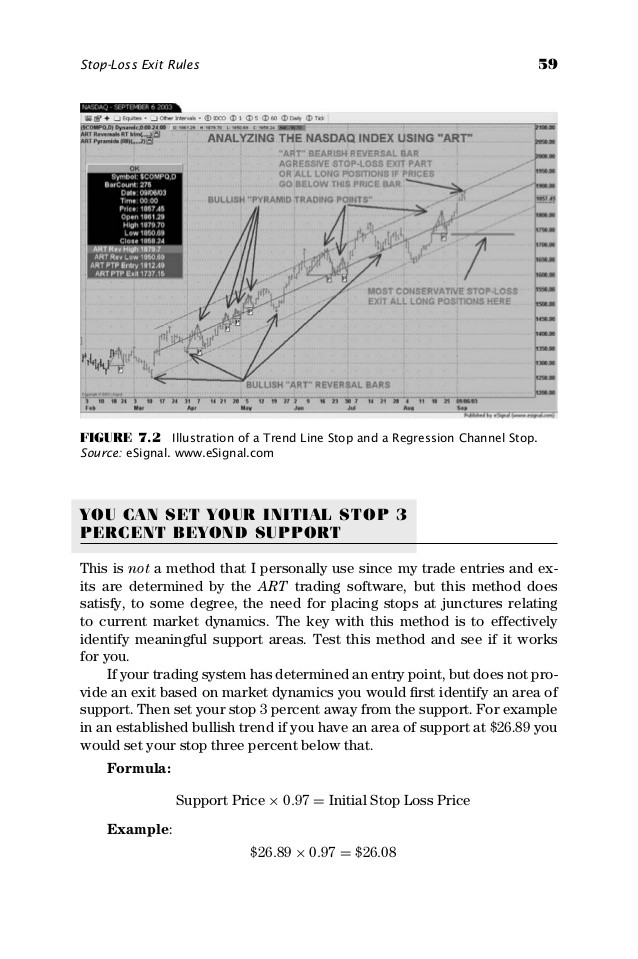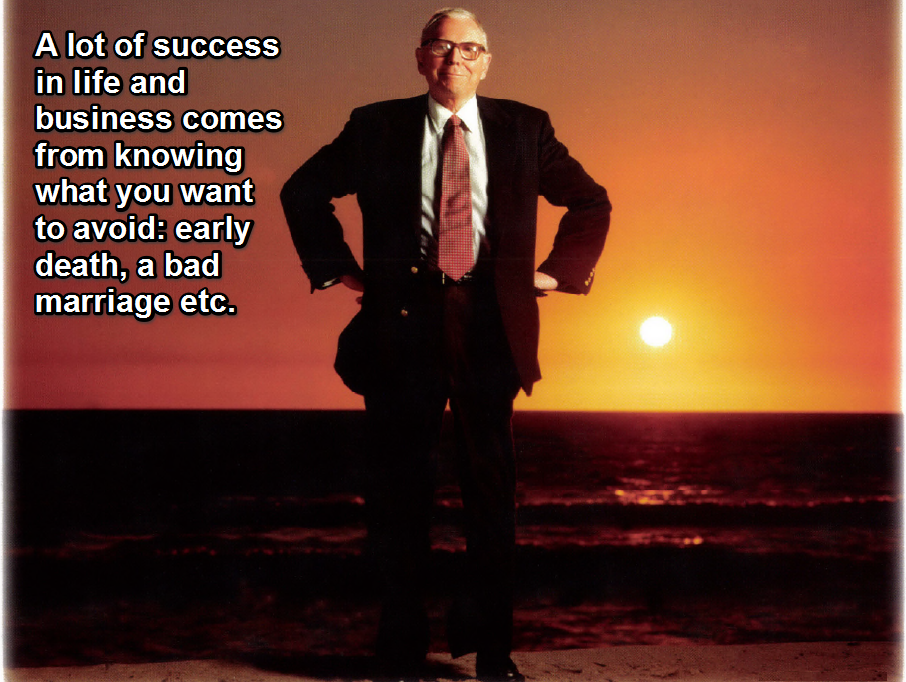This Indicator Helped Me Avoid the 2008 Stock Market Crash
Post on: 9 Май, 2015 No Comment

By Joseph Hogue on October 10, 2014
We spend a lot of time here at Profitable Trading showing you how to use options to generate income and hedge your portfolio. Investors are slowly opening up to the idea of actively using options for market-beating returns and consistent income.
For example, my colleague, Amber Hestla, has generated 54.5% average annualized gains with a simple put selling strategy on her way to a perfect track record. You can see the details here.
While many have shed their reservations about using options for trading, there is another use for derivatives that we havent talked about much.
One of my favorite uses for options is not for direct buying or selling, but as a gauge of market sentiment.
While no indicator is perfect, this is one of the most widely followed by professional traders and can actually help you time the market.
In fact, it is by using this powerful options indicator that I avoided much of the sell-off in stocks when the market crashed in 2008. This indicator started flashing warning signals in 2006 that the market was too exuberant about future returns. I gradually started to hedge my positions in 2007, and waited for the eventual sell-off.
The Put-Call Ratio
The put-call ratio is an extremely easy-to-use indicator and marvelous in its simplicity. The ratio is the number of put options traded divided by the number of call options traded over a given period, usually one month or more.
For example, if there were a total of 2.9 million put options traded on the exchange and 3.2 million call options traded, the put-call ratio would be 0.91 for the period. Since calls, which represent an option to buy, outnumber puts, the measure would indicate bullish sentiment.
The ratio is most often used as a contrarian indicator — a way of betting against the investment herd. When the ratio is extremely high, i.e. many put options relative to calls, contrarian investors reason that traders are overly pessimistic. When the ratio reaches extreme highs or lows, it may mean that the bullish or bearish outlook has gone too far and the potential exists for a market reversal.
For example, if everyone is buying calls and overly bullish, then the potential for new buyers may soon hit a limit, and the market will fall when the bulls start taking profits. Conversely, if everyone is selling, then the market may turn higher when buyers start scooping up lower prices.
The Chicago Board Options Exchange (CBOE) website provides historical data for the put-call ratio on equities, indices and the total. The equity put-call ratio measures options traded on individual stocks. The index put-call ratio focuses on options traded on the major indices, while the total put-call ratio is an aggregate measure of the two.

Since professional traders often use index options to hedge their portfolios, the index put-call ratio is usually above 1. Traders and investors are generally much more optimistic on individual stocks, so there are typically fewer puts relative to calls in the equity put-call ratio, meaning a measure of less than 1.
Using the Put-Call Ratio for Market Timing
I like to use the CBOE Total Put-Call Ratio (CPC) because it combines equity and index options for a more inclusive view of market sentiment. Since the daily ratio makes for a muddled chart, the best way to use it is through a simple moving average to smooth the data. Some traders use the 10-day moving average for short-term market direction. I use the 120-day moving average for longer-term market movements and do not generally try to time shorter changes.
I graphed the total put-call ratio from 2005 below. The average over the period is 0.93, which reflects general optimism for stocks with more calls relative to put options. I placed bullish and bearish indicators at 1 and 0.85, though there is no rule as to where the indicators are placed. When the ratio is around 0.85, it means there are much fewer puts relative to calls traded and the market may be overly bullish. Conversely, a ratio of 1 is well above the long-term average and may indicate an overly pessimistic sentiment.
After the put-call ratio moves beyond one of the boundaries, I like to wait for confirmation of a turn in sentiment by waiting for the ratio to significantly correct from my boundary line. This may mean that you miss some of the initial change in sentiment, but it also helps avoid some of the false shifts indicated by the ratio.
Watching the put-call ratio in 2006 helped me see the extreme bullish sentiment in the market as calls handily outnumbered puts. The indicator was early in its warning of the market top, and hedging my portfolio in 2007 did cause me to miss out on some gains, but it also helped me avoid much more in losses when the bottom dropped out.














